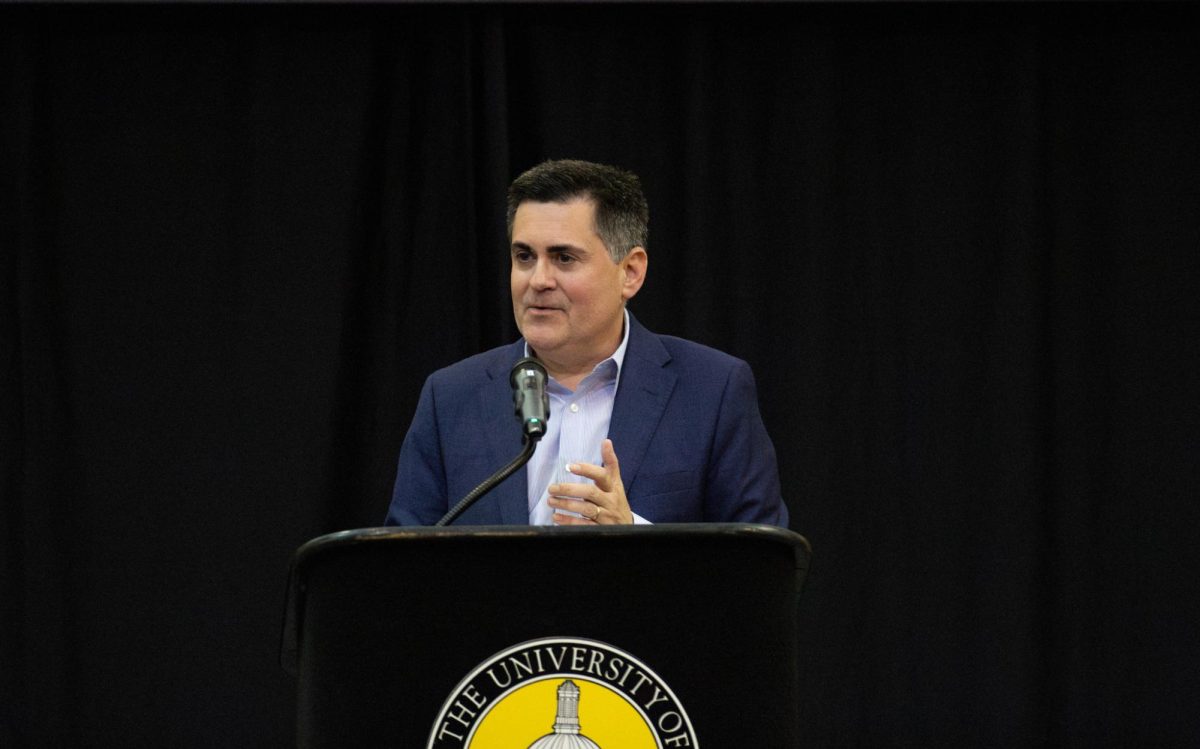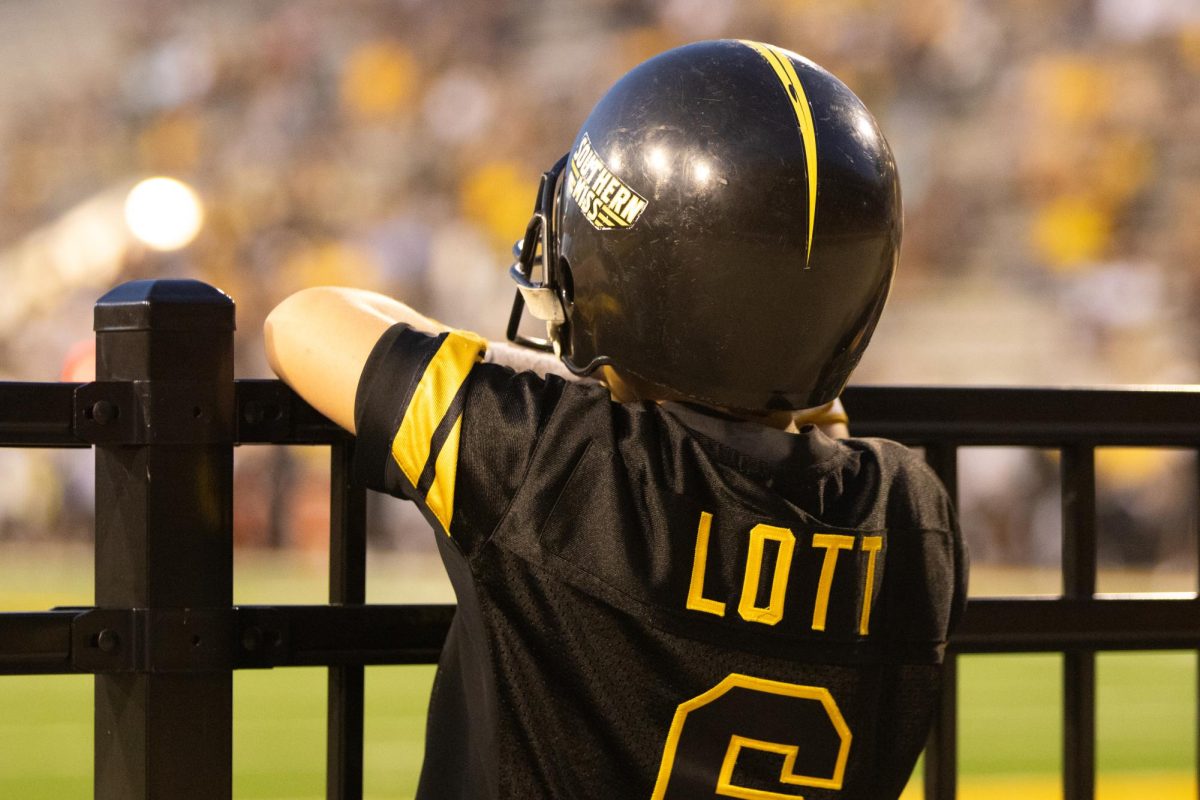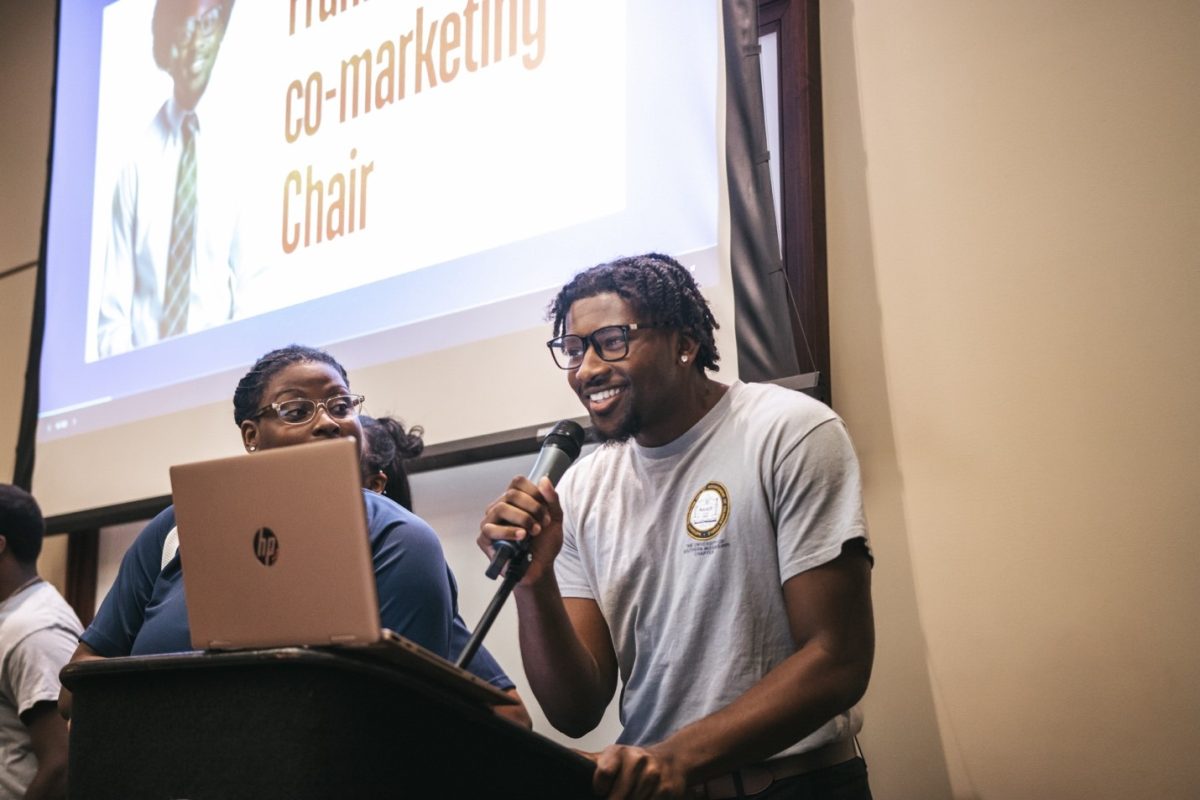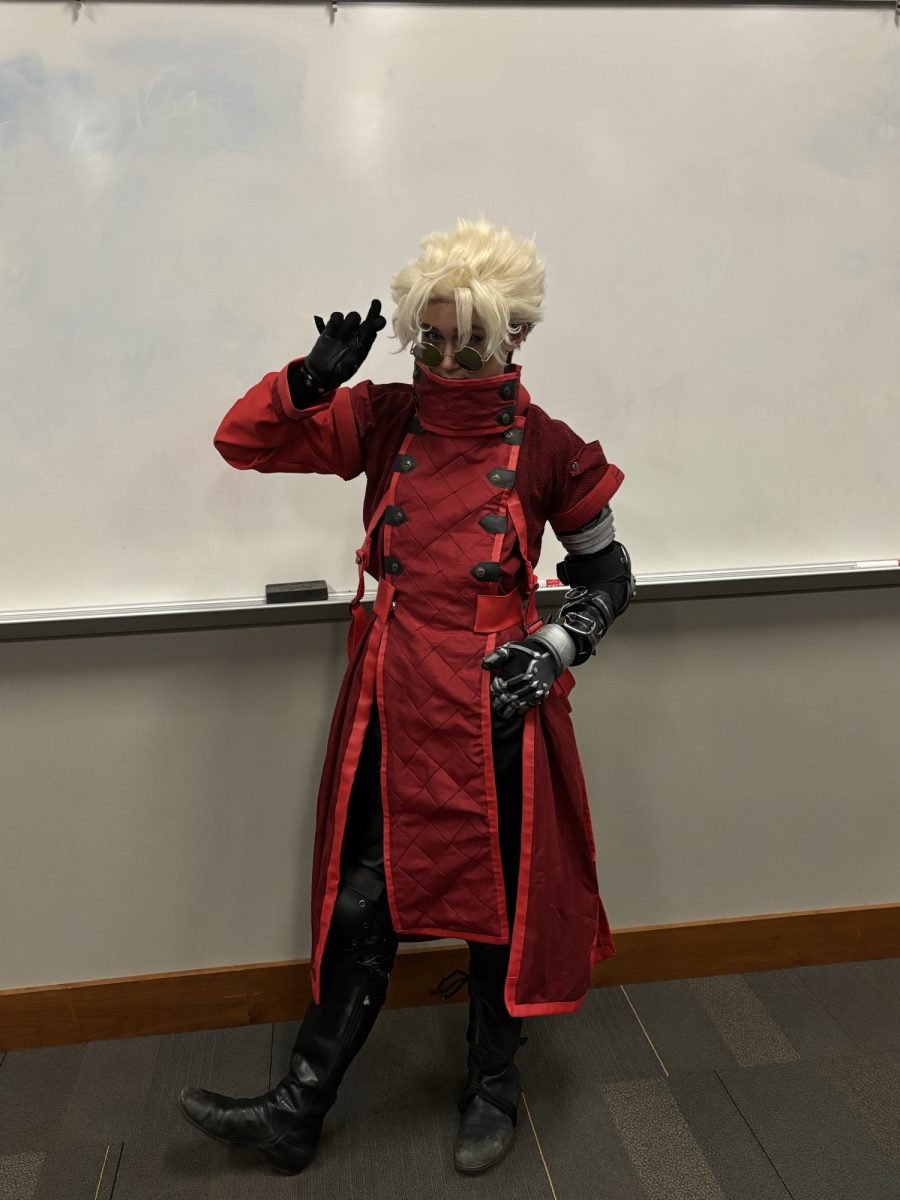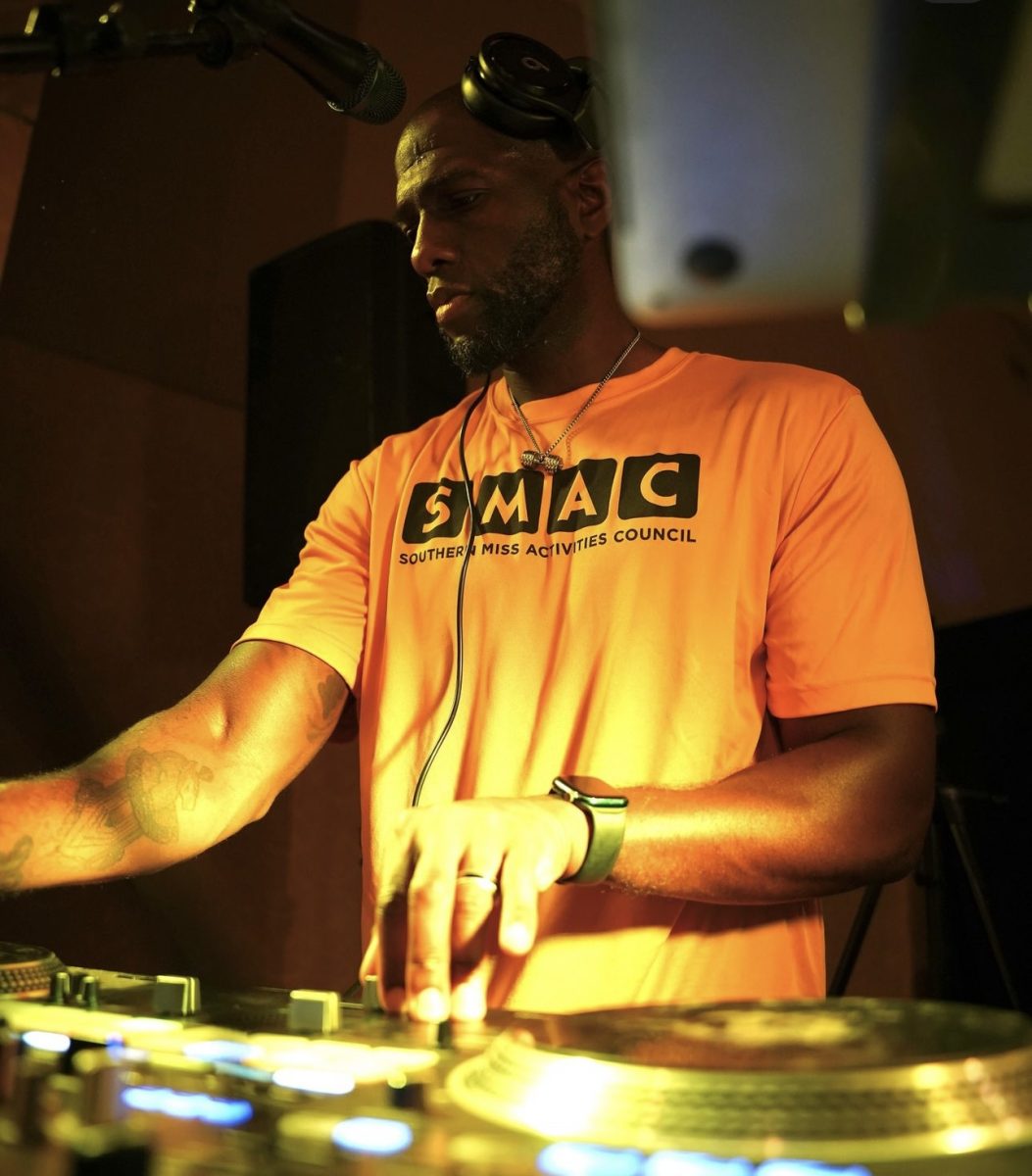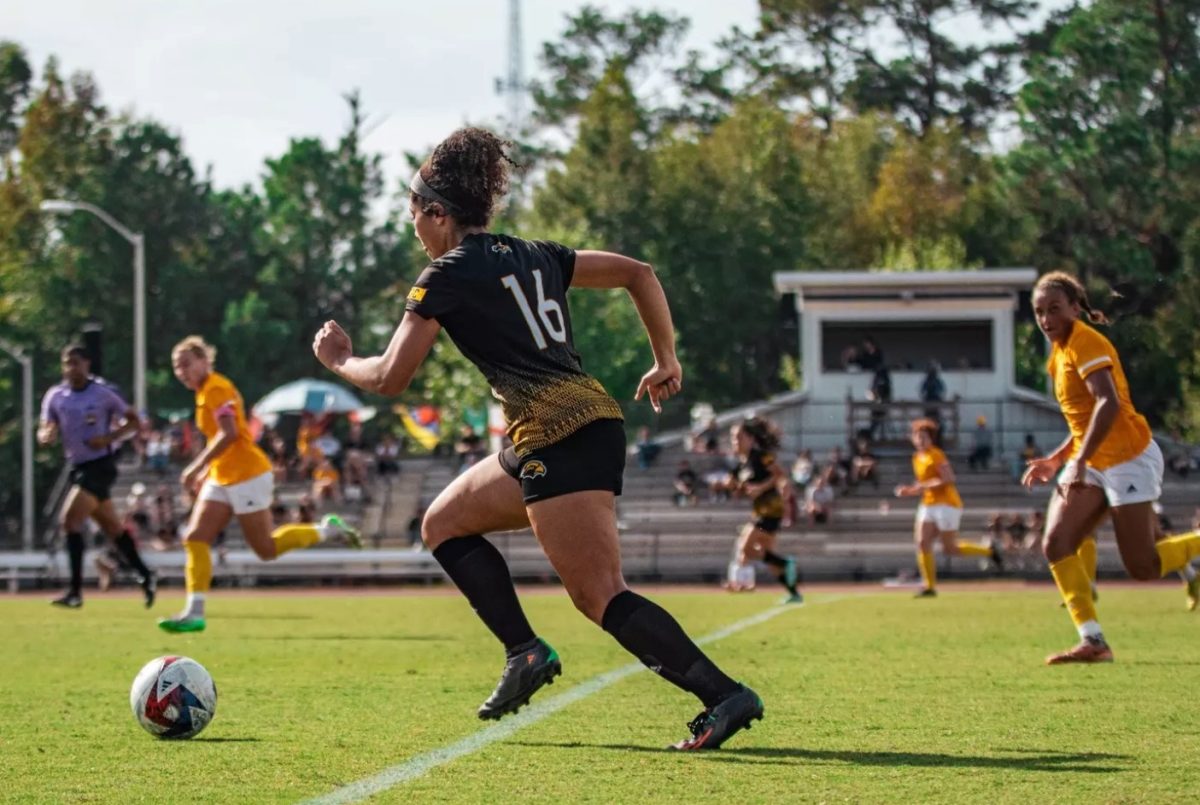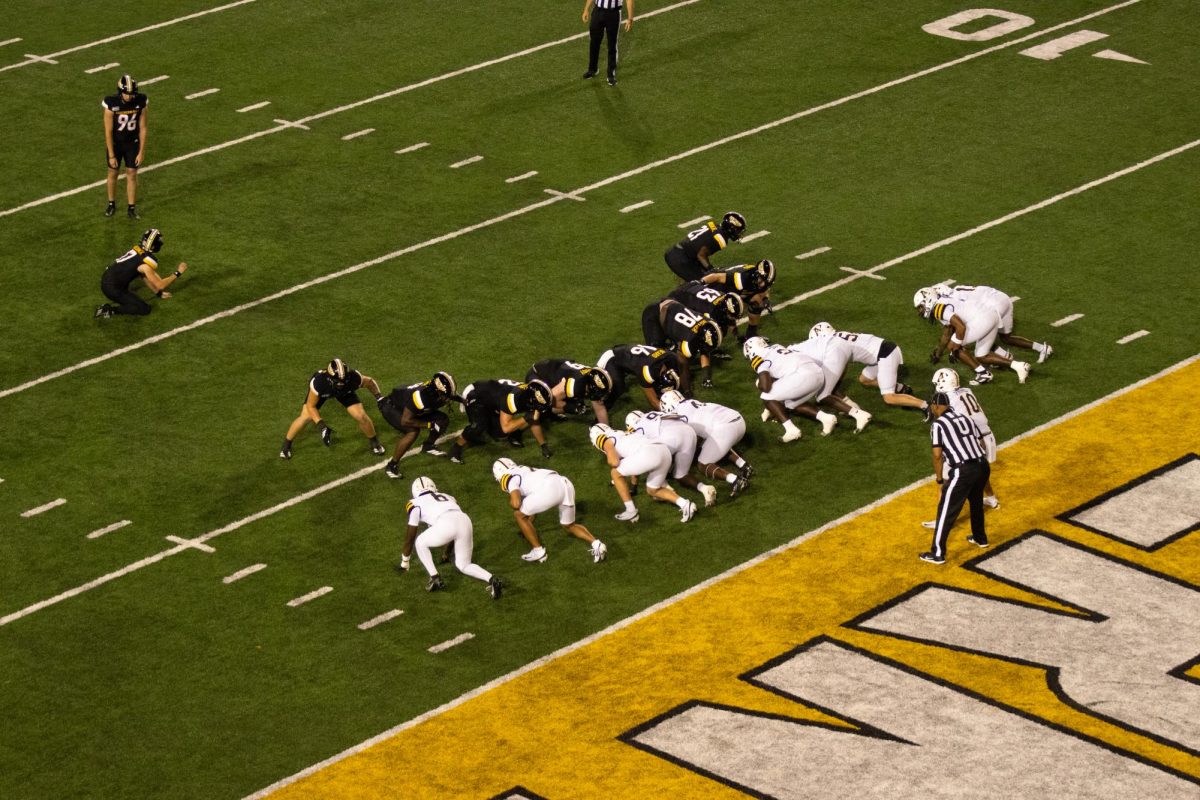The NFL is a multi-billion dollar corporation that has thrived over the last two decades, becoming America’s favorite professional sport.
But over the last few years, the league has faced unprecedented scrutiny for a myriad of incidents. These incidents include lawsuits filed by former players, countless arrests and accusations made against owners and players alike.
The biggest black eye on the league began in August 2011 when close to 5,000 former players jointly filed a lawsuit against the league requesting the NFL to shell out money to those who have suffered from long-term brain issues stemming from concussions sustained in the NFL.
However, the concussion debate actually began 17 years prior when Dallas Cowboys quarterback Troy Aikman suffered a concussion in the 1993 NFC Championship game. Aikman later told the Milwaukee Journal Sentinel that he had no recollection of ever playing in the game.
“I didn’t know what planet I was on,” he said. “I still to this day have no recollection of ever having played in that game. So whenever I see footage of that game, it’s like somebody else is out there doing it.”
Aikman later retired in 2000, citing concussions and back issues as his main reason for leaving the game during his retirement press conference. Aikman’s case was only the beginning of the concussion epidemic though.
In September 2004, former Pittsburgh Steelers offensive lineman Justin Strzelczyk died in a car accident. Earlier that year he began showing signs of depression and erratic behavior.
Following his death, Dr. Bennet Olamu discovered that he suffered from CTE, Chronic Traumatic Encephalopathy, which according to WebMD “is marked by a buildup of abnormal proteins in the brain. It can cause memory loss, trouble concentrating, impulsive and erratic behavior, depression and eventually dementia.”
Several boxers including Muhammad Ali suffer from the disease, but Strzelczyk was only the second former player to be diagnosed with CTE.
In 2005, former Steeler Terry Long committed suicide by drinking antifreeze at the age of 45. Dr. Olamu examined his brain after his death and discovered that Long was also suffering from CTE.
In 2006, former Philadelphia Eagle Andre Waters committed suicide at the age of 44; Dr. Olamu discovered Waters also suffered from CTE. Dave Duerson, Ray Easterling and Junior Seau also committed suicide and it was discovered that all three suffered from CTE.
Duerson committed suicide by shooting himself in the chest, but left a note saying, “Please, see that my brain is given to the NFL’s brain bank.”
There are hundreds, if not thousands, of cases where former players are suffering long-term effects from suffering concussions while playing in the NFL. One of the more horrific stories comes from former New England Patriots linebacker Ted Johnson.
In an interview with The Boston Globe’s Jackie MacMullan in 2007, Johnson said that he could pinpoint when his health first began to go downhill. In August 2002, Johnson suffered a concussion in a preseason game against the New York Giants. He blacked out for a moment and was ruled out for the remainder of the game.
Upon returning to the practice facility, he was issued a blue practice jersey, indicating full contact. He immediately went to the trainer who said that it was a mistake. He was then given a red practice jersey, indicating no contact. However, during practice an assistant trainer ran over to him with a blue jersey right before one of the team’s more physical drills.
“I looked at the trainer and said, ‘Who told you to give me this?’” Johnson said. “He just walked away. He didn’t want to say. But I knew who it was. It was Bill (Belichick). I was so mad I wanted to scream. But I put the damn thing on anyway. I had my pride. They weren’t going to beat me.”
Johnson revealed that over the course of his career, he was diagnosed with three to four concussions officially. However, he admitted that he suffered closer to 30 concussions over his 10-year NFL career.
Since retiring, he has suffered from depression, memory loss, dizziness, fatigue, irritability and acute sensitivity to noise among other symptoms. Johnson suffered days where he could not even make it out of bed and could not face any light. Today, Johnson remains under the care of concussion expert Dr. Robert Cantu.
In August 2013, the NFL agreed to a $765 million settlement to pay former players who have suffered concussions in the NFL. However, there are still details to be ironed out.
The NFL is still figuring out how the funds should be disbursed regarding which injuries deserve what amount of compensation along with how to deal with potential injuries and medical findings in the future.
The NFL has also made strides through officiating and disciplining to try to prevent concussions. Nearly every blow to head or helmet-to-helmet contact is an unnecessary roughness penalty today. Also, players are fined for such hits and repeat offenders are sometimes suspended.
But simply calling penalties and disciplining players will never erase concussions from professional football. The game is too violent and played at such a high speed that it is impossible for a player to decide in a split-second to hit a player lower.
It is a catch-22 at this point. Many current players have gone on record saying that they would rather be hit in the head rather than in their legs, in fear of a major leg injury such as a torn ACL.
The NFL is simply in a lose-lose situation. They will never be able to rid the game of concussions and the long-term effects that come from them regardless of how many rules are made or how many fines or suspensions are handed out. It is simply a part of the game.
There is only one certainty in the matter. Research on concussions and CTE need to continue to take place for the foreseeable future because the recent findings are terrifying. Dr. Ann McKee told FRONTLINE in October 2013 that of the 46 brains she has examined from former NFL players, 45 were diagnosed with CTE.


